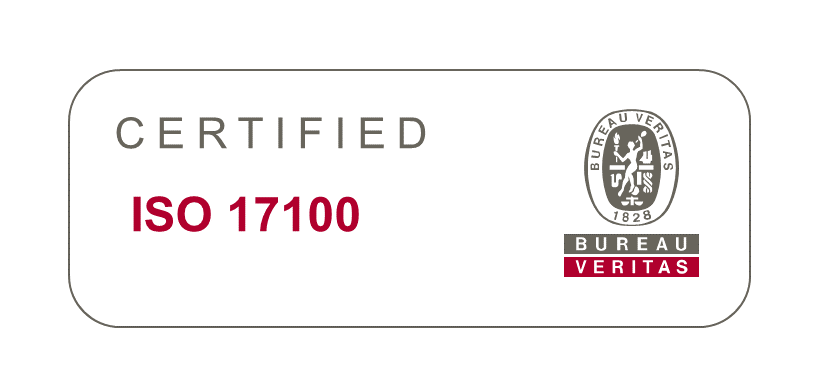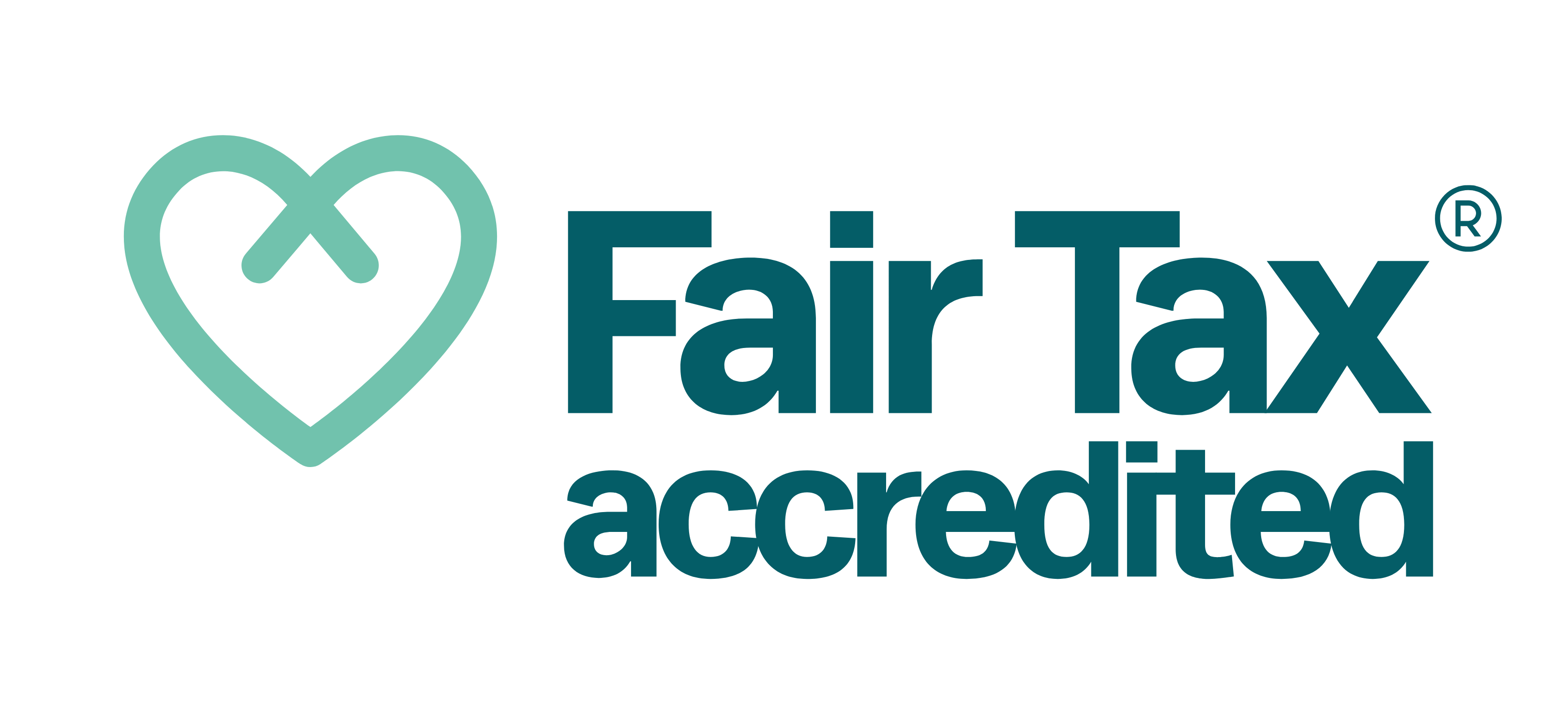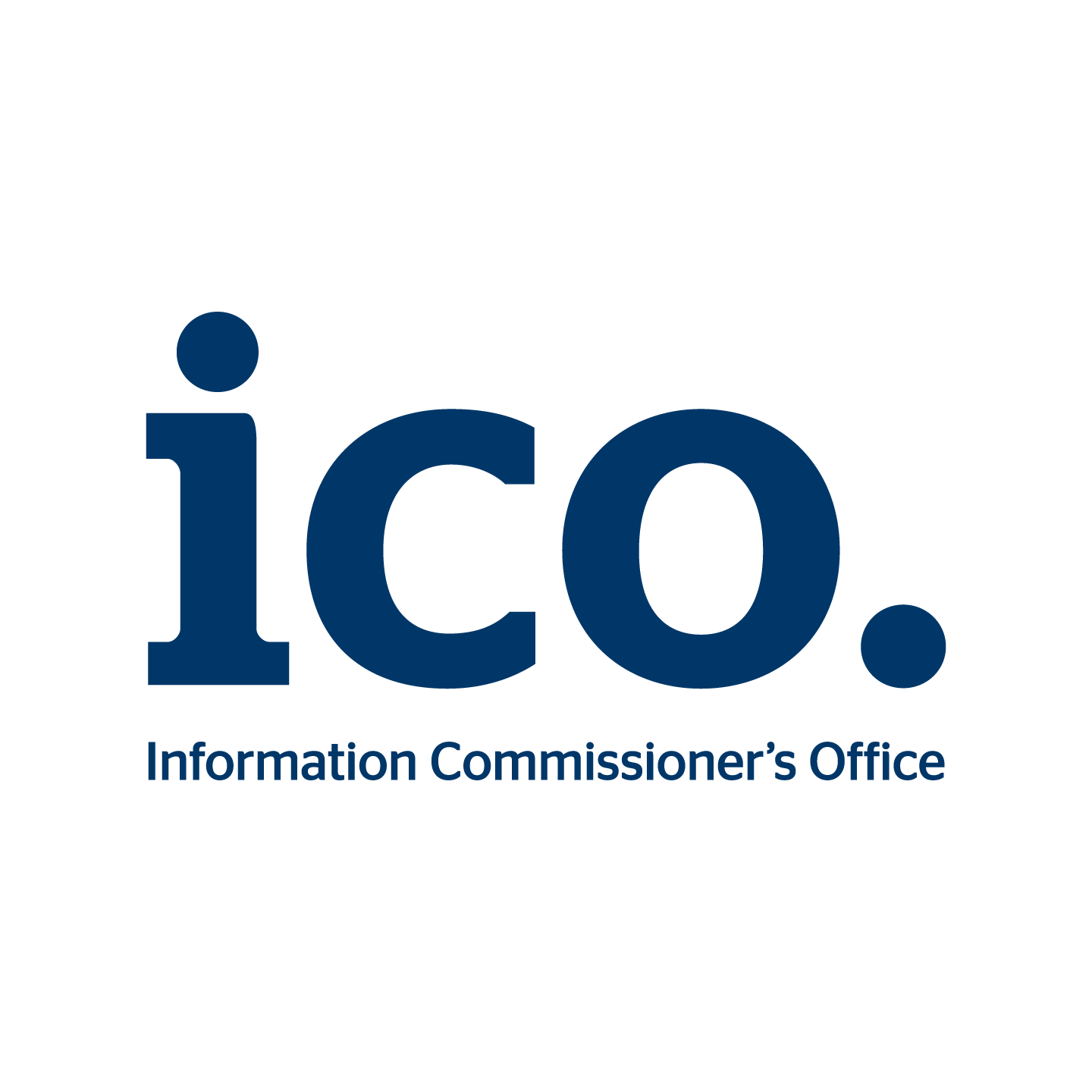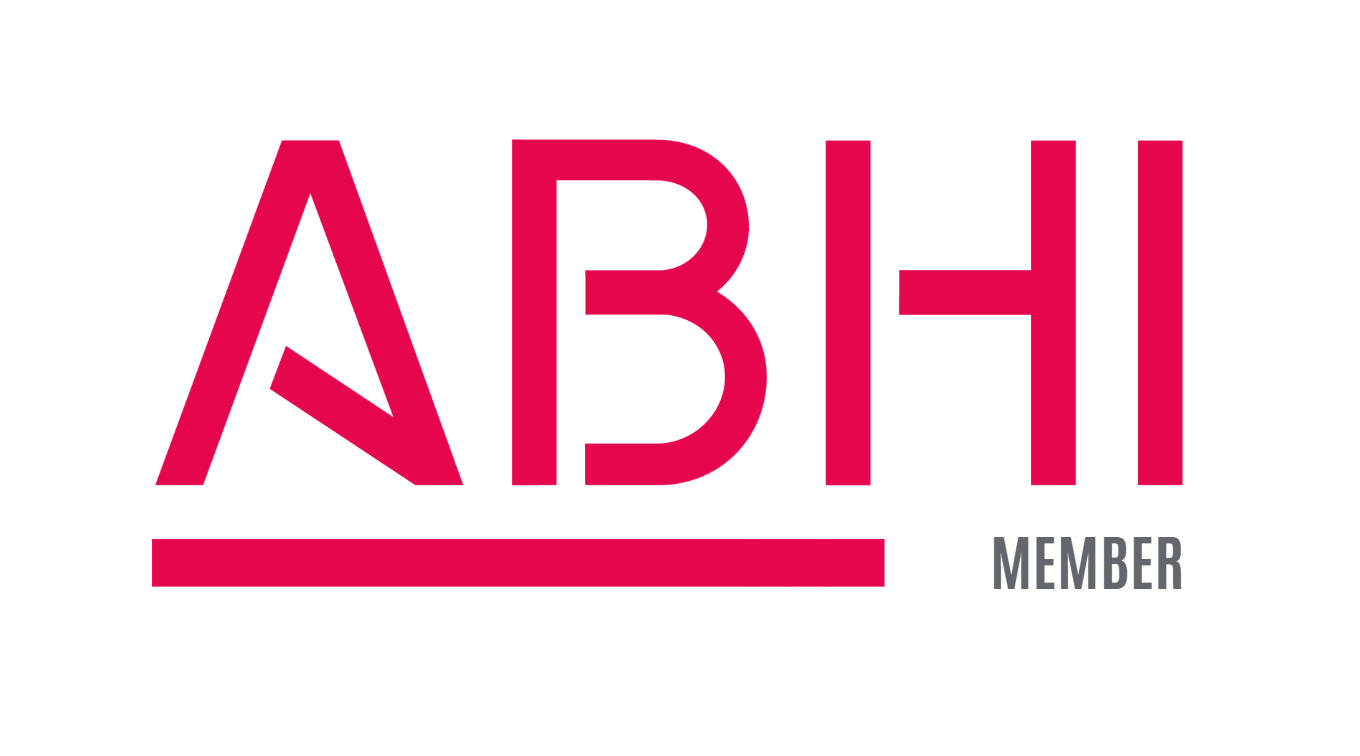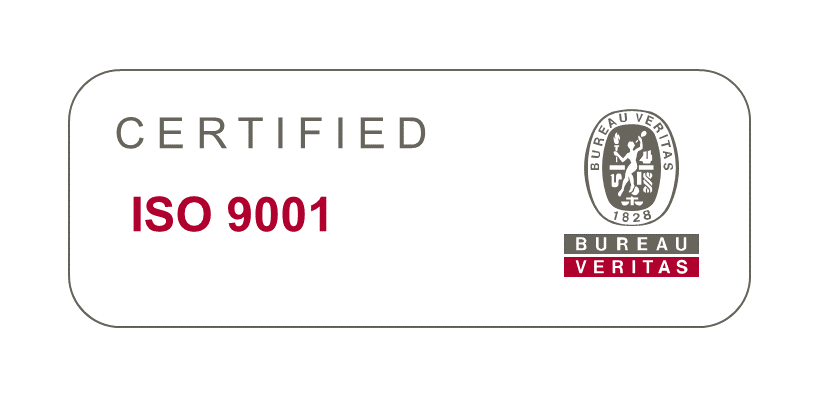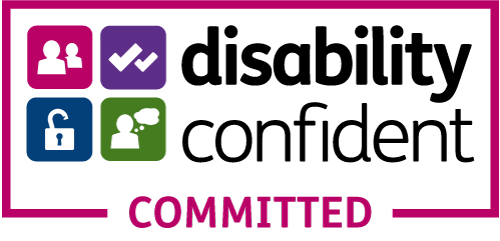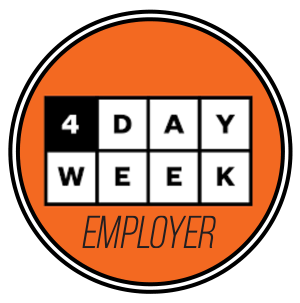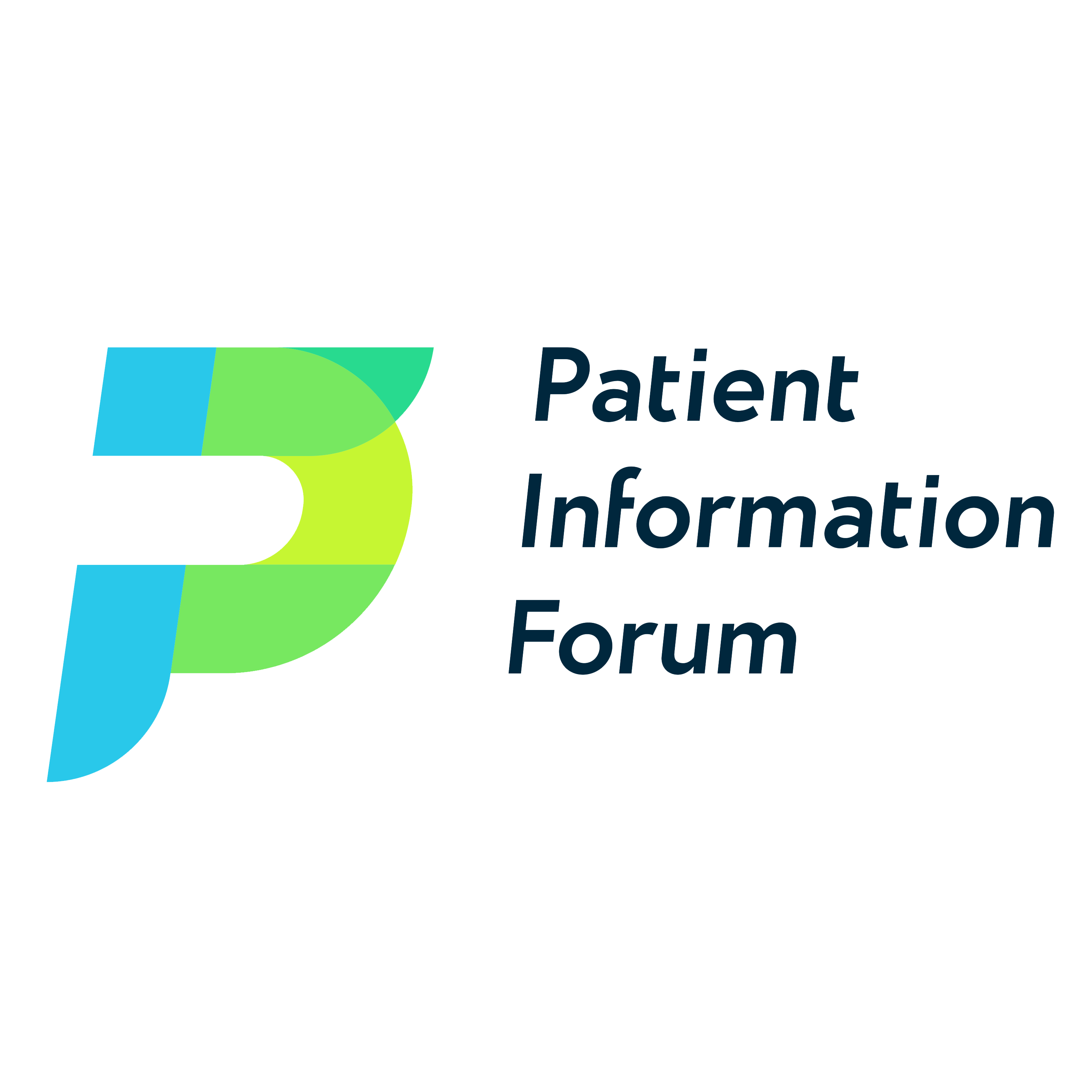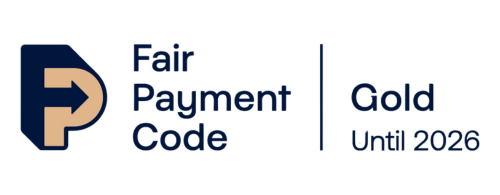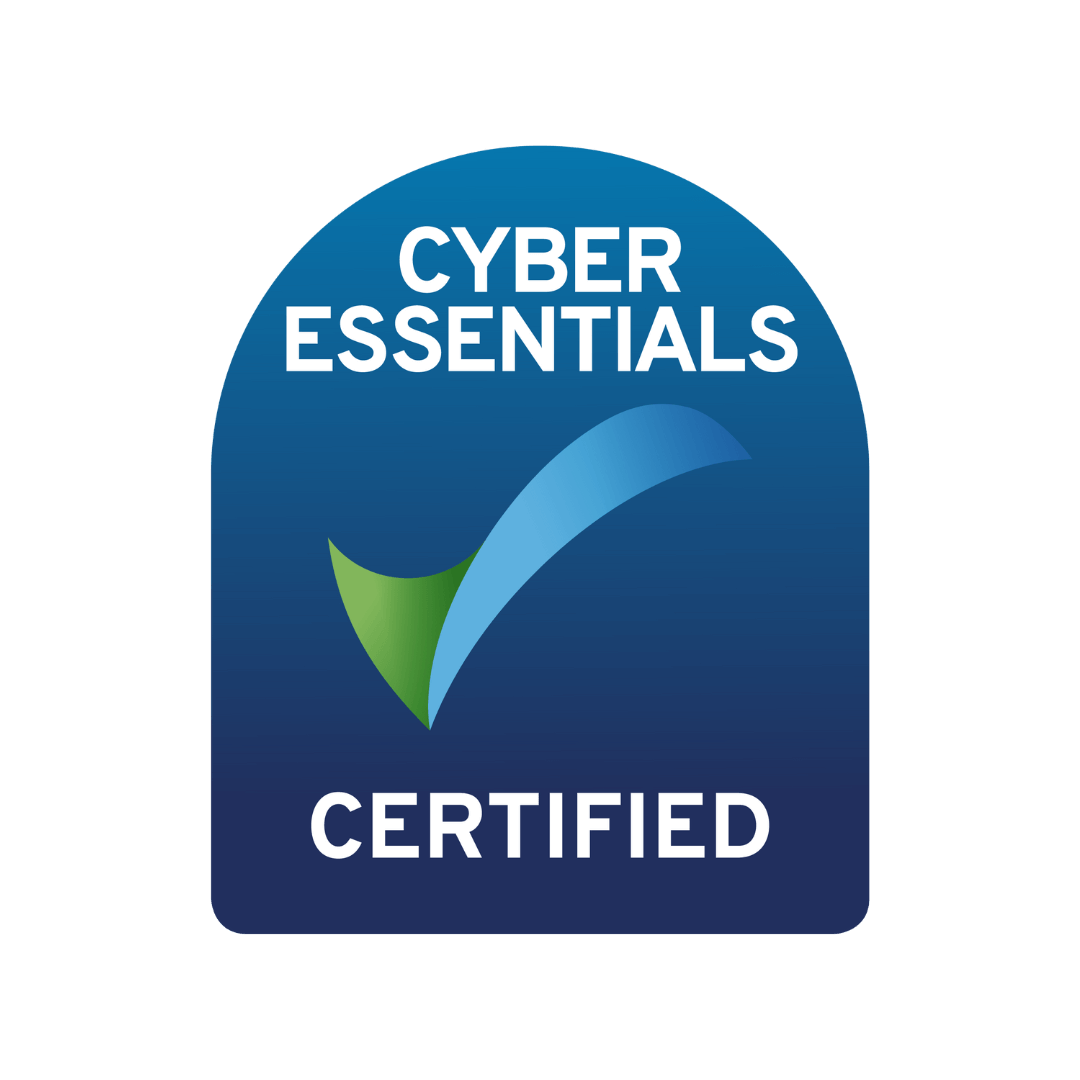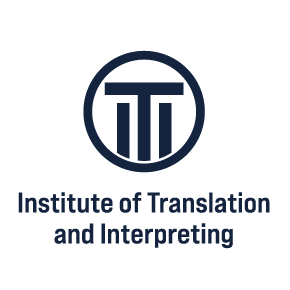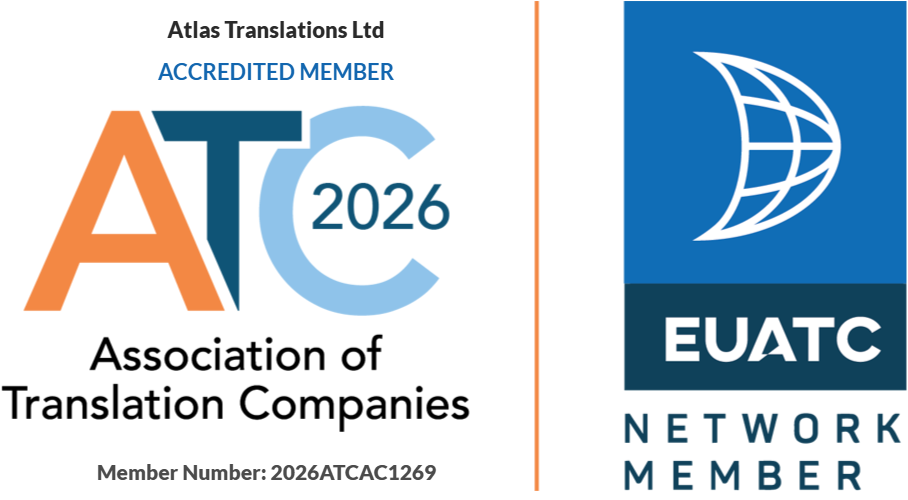Many authors and scriptwriters of fantasy novels and films, from J.R.R. Tolkien’s Lord of the Rings series to George R. R. Martin’s Game of Thrones, have devised their own fictional languages for a mythical species or fantasy planet.
The most popular of these have managed to creep into many people’s everyday speech in an effort to emulate their fictional heroes. And, it’s not just fantasy languages that have been created. Esperanto was once seen as the language of the future, and there are many who could probably converse solely in emojis.
Here are some of the best fictional and constructed languages to have made their way into popular culture.
What can we help with today? Call us on +44 (0)1727 812 725 or email us at team@atlas-translations.co.uk – we’re only a call, chat, or email away, and we’re always eager to help!
Elvish – The Lord of the Rings
Long before Middle-earth’s silver screens brought immortal Elves to global audiences, J.R.R. Tolkien was crafting something far more ambitious than epic tales—he was breathing life into entire linguistic civilisations. The writer and avid language student didn’t simply invent languages to serve his stories. Tolkien’s stories grew from the languages themselves, making Quenya and Sindarin the true foundation stones of Arda’s vast mythology.
Finnish and Welsh Have Entered the Game
Drawing from his deep scholarly understanding of language evolution, Tolkien forged Quenya as the “Latin of Elves.” This language was a high, ceremonial tongue inspired by the Finnish language. The other language, Sindarin, became the common speech of the Grey-elves. Its Welsh-influenced musicality echoed the forests and valleys in his stories.
These weren’t mere collections of words scattered through dialogue; they were complete systems with their own grammar, poetry, and culture.
Loved By Many
What sets Tolkien’s elvish tongues apart from other fictional languages is their profound depth and authenticity. Every inscription on the One Ring, every song sung by Galadriel, carries the weight of generations. This craftsmanship has inspired legions of devoted fans who study Tengwar script with the same reverence as medieval scribes and handwritten manuscripts.
In an age where fantasy languages often feel like window dressing, Tolkien’s Eldarin tongues remain the gold standard. They’re living, breathing languages that have become as integral to Middle-earth’s identity as the Shire’s rolling hills or Mordor’s shadowed peaks.
For fans worldwide, mastering even fragments of Quenya or Sindarin isn’t only a linguistic curiosity. It’s a pilgrimage into the soul of fantasy literature’s most meticulously crafted world.
Klingon – Star Trek
In the warrior halls of Qo’noS, the guttural roars of tlhIngan Hol—the Klingon language—echo through Star Trek’s galaxy as one of science fiction’s most ambitious linguistic experiments.
Far from being mere alien gibberish, this constructed language has transcended its fictional origins to become a living testament to fandom’s dedication. Marc Okrand‘s creation didn’t just give voice to Worf and his kinsmen; it birthed a linguistic phenomenon that would make even the Universal Translator envious.
To Klingon Or Not To Klingon
The most hardcore devotees of this warrior tongue have achieved something that would make any Starfleet linguist proud—complete fluency in a language that never evolved naturally on any planet. Among these linguistic warriors, approximately 20-30 speakers have mastered tlhIngan Hol well enough to engage in heated debates about Kahless or discuss the finer points of bat’leth combat technique.
Their dedication has even conquered Earth’s greatest literary works. Shakespeare himself has been given the Klingon treatment, with Hamlet‘s existential crisis translated into “taH pagh taHbe”. The popular Much Ado About Nothing was reimagined through a distinctly honour-obsessed Klingon cultural lens.
You Keep Using That Word…
Perhaps the most fascinating experiment in the evolution of this constructed language came from linguist d’Armond Speers.
Speers attempted the ultimate parenting challenge: raising his child as a native speaker of both English and Klingon. However, even the most devoted language creator couldn’t overcome a fundamental flaw in the original design. tlhIngan Hol was forged for the bridge of a Bird-of-Prey, not a suburban kitchen. The language focused heavily on warfare, starship operations, and ceremonial combat, but lacked the mundane vocabulary needed for bedtime stories and grocery lists. Without other Klingon speakers to practice with, the child naturally gravitated toward English, demonstrating that even in linguistics, resistance can indeed be futile when faced with the practical demands of human society.
Dothraki – Game of Thrones (The Song of Ice and Fire)
When HBO’s Game of Thrones thundered onto screens worldwide, it brought with it the fierce war cries of the Dothraki—a nomadic warrior culture whose brutal philosophy demanded an equally brutal tongue. What began as scattered phrases in George R.R. Martin‘s A Song of Ice and Fire novels evolved into something far more ambitious when the show’s creators realised that authentic world-building required authentic languages.
Words to Fight For
Enter David J. Peterson, the conlanger who transformed Martin’s handful of Dothraki words into a fully functional language that could handle everything from intimate conversations between Daenerys and Khal Drogo to the thunderous speeches that united entire khalasars.
Peterson didn’t just expand the vocabulary—he crafted a linguistic system that reflected the Dothraki’s nomadic culture and warrior mentality. Drawing inspiration from Turkish, Swahili, and Russian, he created a language that sounds appropriately harsh and aggressive, perfectly matching a people who consider dying in bed the ultimate shame.
We Named Her Khaleesi
The language’s impact extended far beyond fiction. Real-world popular culture saw its introduction in ways that would make the most ambitious Dothraki Khal proud. The word “Khaleesi”—meaning the wife of a khal—became so culturally significant that 146 American parents chose it as their newborn daughters’ names in 2012 alone. This phenomenon demonstrated something remarkable in the linguistic world. Fictional language created for a fantasy television series had achieved enough cultural penetration to influence actual naming trends.
It Was All Real, Right?
Peterson’s work on Dothraki demonstrated that modern audiences crave authentic linguistic depth in their fantasy worlds. Unlike the brief alien phrases that pepper most science fiction, Dothraki was designed to be speakable, teachable, and culturally consistent. The result was a language that not only sounded foreign but also seemed to belong to a specific people with a distinct way of life. This made the Great Grass Sea feel that much more real to viewers worldwide.
Esperanto – The Almost Universal Language
In 1887, Polish ophthalmologist L.L. Zamenhof unleashed what would become the most successful linguistic experiment in human history—and simultaneously one of its most fascinating failures. Esperanto wasn’t just another constructed language; it was an audacious attempt to solve one of humanity’s oldest problems: the curse of Babel itself. Zamenhof envisioned a world where national boundaries wouldn’t create communication barriers. His vision was that a French diplomat could communicate directly with a Japanese merchant without the need for translators, and that scientific knowledge could flow freely across linguistic barriers.
Deliberate Engineering
The language Zamenhof crafted was designed to be elegantly simple. Unlike natural languages that evolved through centuries of historical accidents and cultural changes, Esperanto followed logical rules with minimal exceptions. Its grammar could be mastered in weeks rather than years, and its vocabulary drew systematically from European language families, making it particularly accessible to Western learners. This wasn’t accidental—Zamenhof deliberately engineered Esperanto to be the linguistic equivalent of a Swiss Army knife: compact, practical, and universally useful.
The United Nations Comes A-Calling!
For a brief, shining moment in the early 20th century, Esperanto seemed poised to fulfil its creator’s dreams. The language gained momentum among intellectuals, internationalists, and peace activists who saw it as a tool for global unity. It came tantalizingly close to becoming the working language of the United Nations, a decision that could have altered the course of international relations forever. Had that vote gone differently, we might be living in a world where “Saluton!” is as universally recognised as “Hello.”
Falling Short of the Vision
Today, Esperanto occupies a unique position in the linguistic landscape. With an estimated million speakers worldwide, it remains by far the most successful constructed language ever created. Sadly, it falls short of Zamenhof’s universal vision. Most speakers learn it as adults out of curiosity or idealism rather than necessity, creating a global community united more by shared philosophy than practical need. While English has claimed the crown of international communication, Esperanto endures as both a testament to human linguistic creativity and a reminder that even the most logical solutions can’t always overcome the messy realities of politics and cultural inertia.
Emoji – The Language of Texting
In the span of a couple of decades, we’ve witnessed the birth of an entirely new form of written communication. One that will likely baffle future linguists. Emojis. What started as simple text messaging has evolved into something far more sophisticated, with tiny pictographs carrying emotional weight that words sometimes can’t match. We’ve traded lengthy phone conversations for rapid-fire thumb typing, and somehow gained a richer palette of expression in the process.
Subtle Sarcasm 🙄
Emojis represent more than just cute digital decorations scattered throughout our messages. These miniature icons function as a genuine communication system. They’re capable of conveying complex emotions, subtle sarcasm, and cultural references with remarkable efficiency. A single well-placed emoji can transform the entire tone of a message. The difference between “Great job” and “Great job 🙄” is subtly fascinating. What’s particularly interesting is how emoji-only conversations have become effective for everything from planning dinner to handling relationship drama.
Communication 👉👈
The question of whether emojis constitute a true language has sparked legitimate academic debate among linguists and digital communication researchers. Critics argue that emojis lack the grammatical structure and real-world applicability of traditional languages, but this perspective may be too narrow. Human communication has always extended beyond spoken words—we’ve relied on facial expressions, hand gestures, and body language for millennia. Emojis essentially digitise these non-verbal cues, creating a standardised system of visual communication that transcends linguistic barriers in ways that spoken languages cannot.
Look Ma, We’re Famous! 📖
The cultural impact of this visual vocabulary reached a historic milestone in 2015 when Oxford Dictionaries selected the “Face with Tears of Joy” emoji (😂) as their Word of the Year. This decision wasn’t just a publicity stunt; it reflected the genuine linguistic significance of emoji communication in modern society. While emojis won’t replace spoken conversation anytime soon, they’ve fundamentally altered how we express ourselves in digital spaces, creating a hybrid communication system that’s part writing, part visual art, and entirely revolutionary.
In an almost digital world, these tiny symbols have become humanity’s first truly universal pictographic language since ancient cave dwellers painted on walls and Egyptians communicated through hieroglyphs.
Contact Us
We’d love for you to contact Atlas Translations! We’re always here for a chat or to answer questions!
Call us on +44 (0)1727 812 725 or email us at team@atlas-translations.co.uk to let us know what you need. We respond quickly to all enquiries!
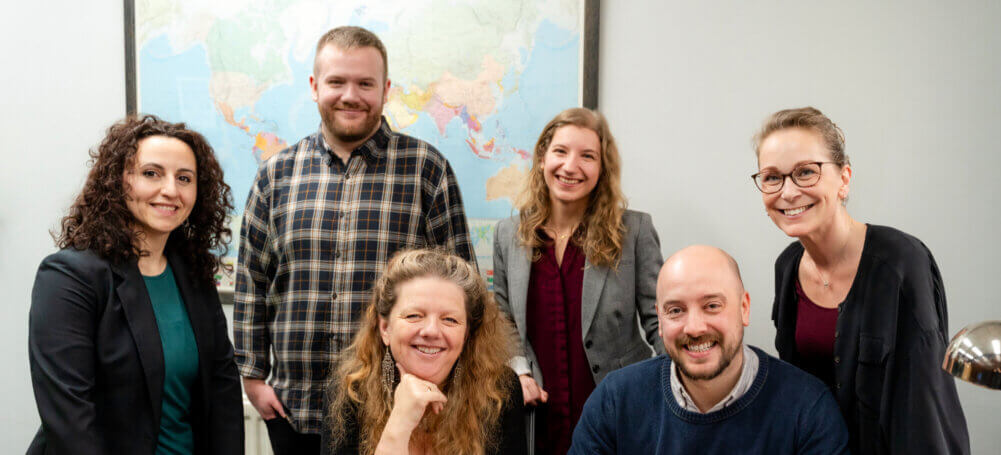
If you’d like to meet us face-to-face, learn more about our translation and language services, or deliver documents, please email or call us ahead of time to arrange a meeting.
Use the Live Chat option during UK working hours to ask any questions you may have. You’ll chat with a real, live human—we’re a bot-free zone! Click the little icon at the bottom right of your screen to begin chatting with us.
If you need a quick quote, we have a handy GET A QUOTE button located at the top of our website, where you can get an estimate for your needs.
Can I Trust Atlas Translations?
Absolutely, you can! But if you’re after something a little more along the lines of “facts and figures”, here’s some info:
Atlas Translations holds two ISO certifications: ISO 9001:2015 (Quality Management) and ISO 17100:2017 (Translation Services).
If the project is highly confidential, we can sign a non-disclosure agreement (NDA) for added peace of mind.
Are we up to date on privacy? Well, thank you for asking, and yes, we are! We registered with the Information Commissioner’s Office (ICO) over 20 years ago and have always placed a high importance on data protection.
You can read more about our commitment to quality here.
Atlas Translations takes pride in providing fast, friendly, and high-quality language services. But you don’t have to take our word for it. Click to read what our clients are saying about us.
We’re also on TrustPilot, and you can read our reviews here.
Global Voice, Local Touch
If you’re looking for some top tips for partnering with Atlas Translations, we have some top tips to share! We answer 25 of our clients’ most frequently asked questions, ranging from typesetting queries to discussing reference materials.


